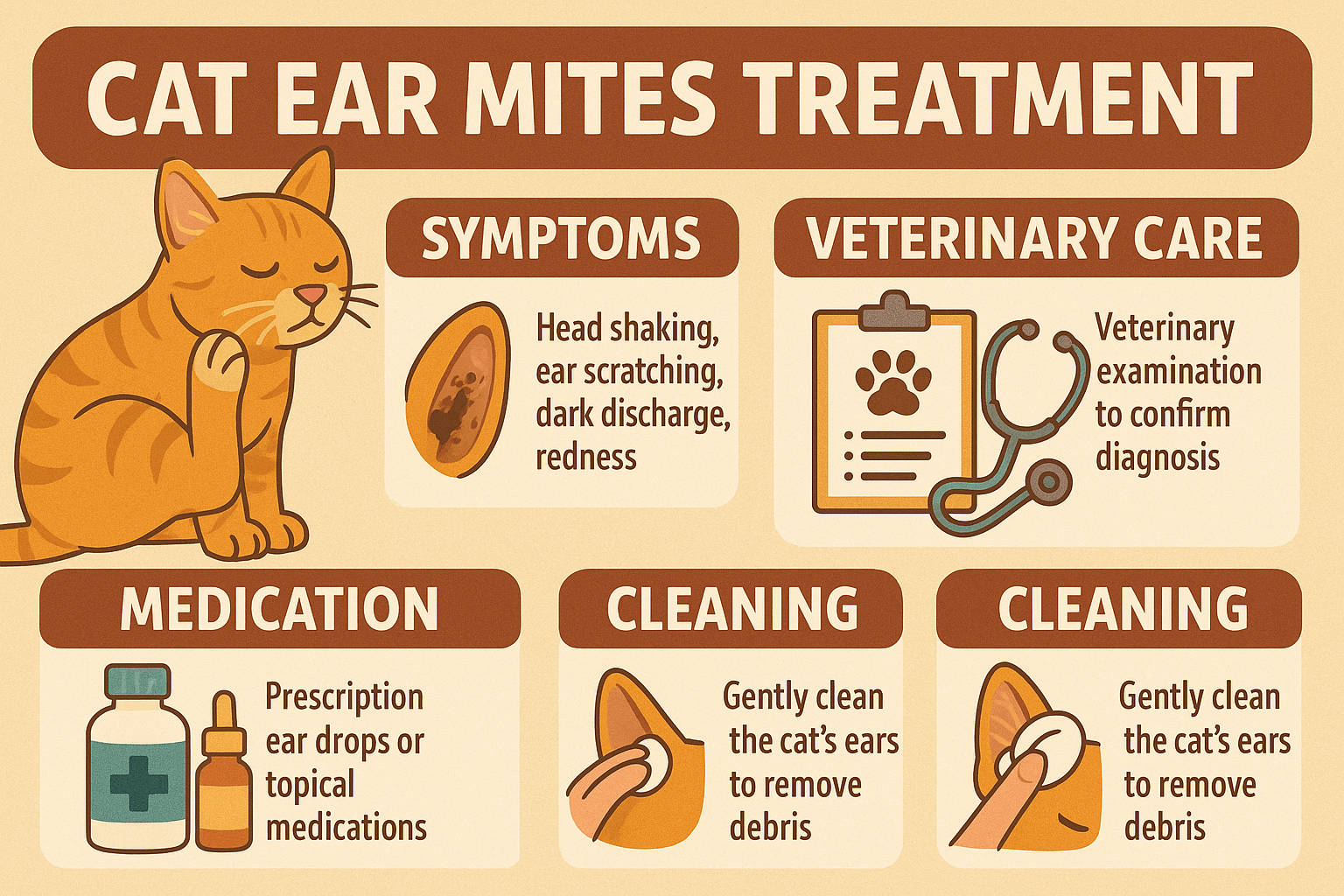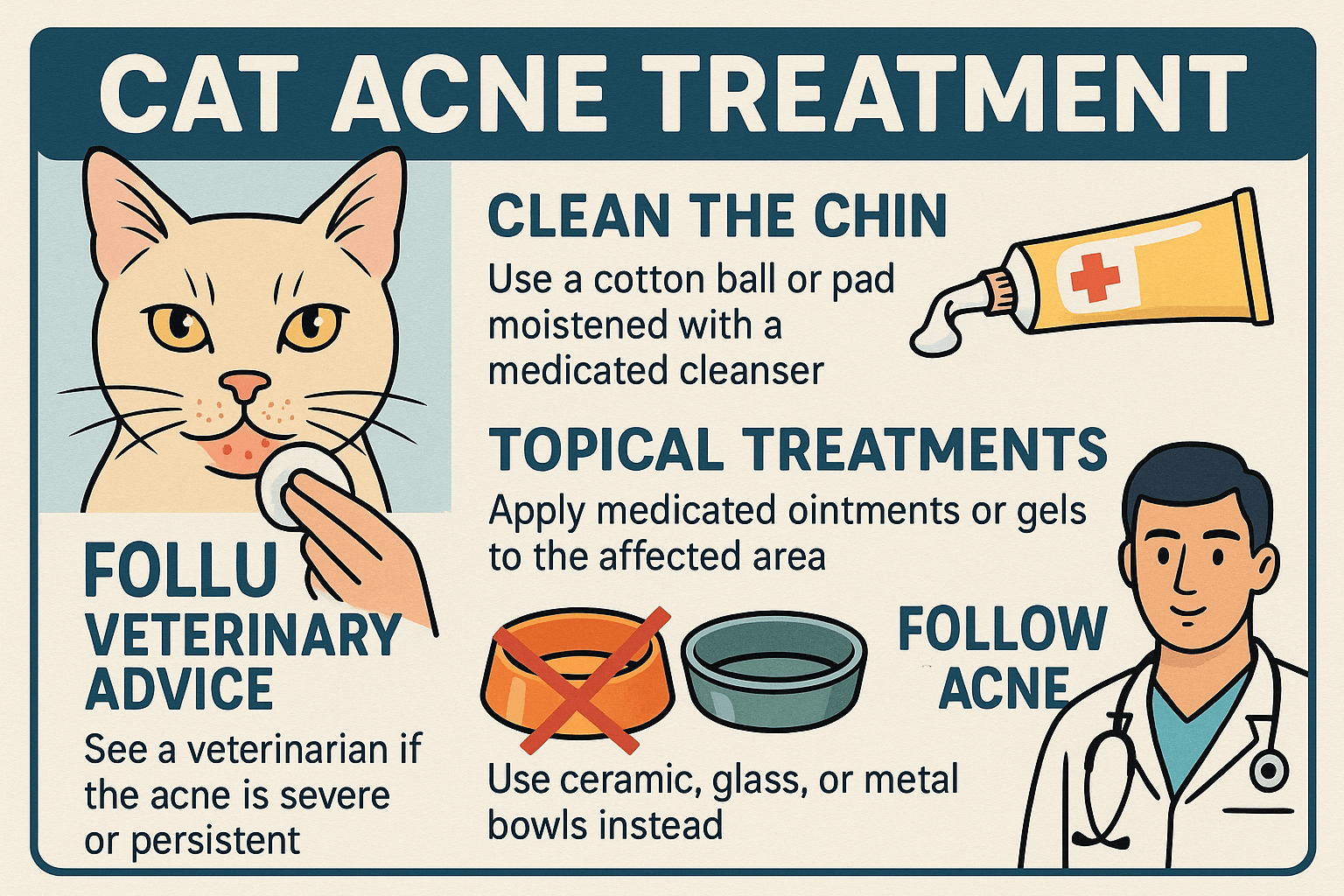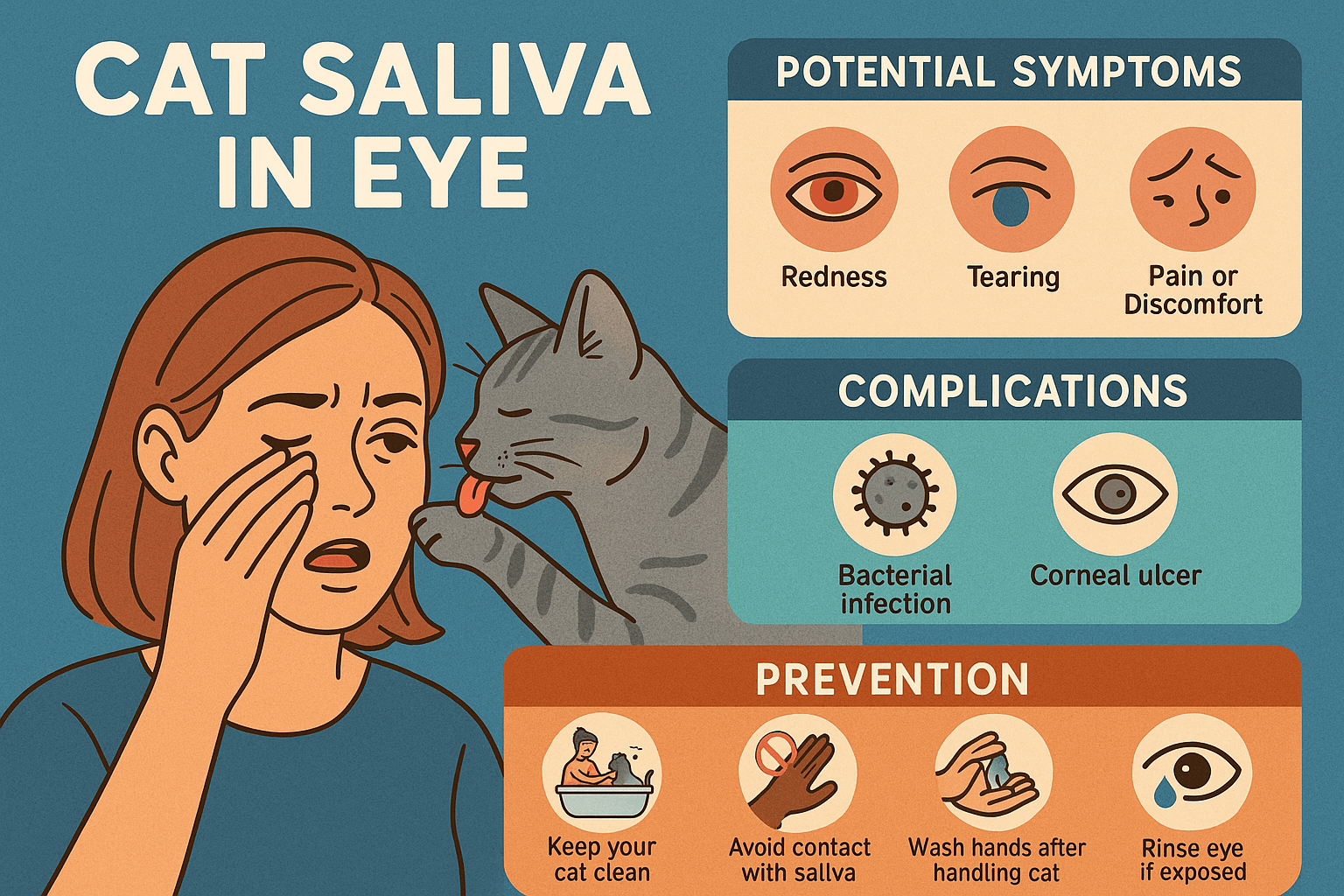Can Cats Eat Truffles?
Truffles, the luxurious and aromatic fungi prized by chefs worldwide, are often associated with gourmet cuisine. But what about our feline friends? If you’ve ever wondered whether cats can safely enjoy a taste of this delicacy, you’re not alone. While truffles may seem harmless, it’s essential to understand how they might affect your cat’s health and digestion. In this blog post, we’ll explore whether cats can eat truffles, potential risks, and safer alternatives for treating your furry companion. By the end, you’ll have all the information you need to make informed decisions about sharing—or not sharing—this gourmet treat with your cat.
Potential Risks of Feeding Truffles to Cats
While truffles are generally safe for humans, they may pose certain risks to cats due to their unique physiology and dietary needs. Here are some factors to consider before offering truffles to your feline friend.
Digestive Upset:
Cats have sensitive digestive systems, and introducing unfamiliar foods like truffles can lead to vomiting or diarrhea.Allergic Reactions:
Some cats may be allergic to fungi, including truffles, which could result in symptoms like itching, swelling, or difficulty breathing.High Sodium Content:
Many truffle preparations include added salt, which can be harmful to cats and lead to dehydration or sodium toxicity.Toxic Additives:
Truffles are often paired with ingredients like garlic, onions, or cream, all of which are toxic to cats and should be avoided.Unknown Long-Term Effects:
There is limited research on the long-term impact of truffles on feline health, making it wise to err on the side of caution.
Given these potential risks, it’s best to avoid feeding truffles to your cat unless explicitly advised by a veterinarian.
Benefits of Truffles (If Any) for Cats
While truffles aren’t a typical part of a cat’s diet, they do contain certain nutrients that might theoretically benefit your pet. However, these benefits are minimal compared to the risks.
Rich in Antioxidants:
Truffles contain antioxidants that help combat free radicals, though cats don’t require additional antioxidants from human foods.Low in Calories:
A small piece of plain truffle is unlikely to contribute significant calories, making it a low-risk treat in tiny amounts.Unique Flavor Profile:
Some pet owners enjoy experimenting with gourmet foods for their pets, but cats lack the same appreciation for complex flavors as humans.Novelty Factor:
Offering a small taste of something unusual can be fun, but it’s important to prioritize safety over novelty.Hydration Support:
Fresh truffles have high water content, which could theoretically aid hydration if your cat enjoys licking them.
While these points highlight minor benefits, they don’t outweigh the potential dangers of feeding truffles to cats.
Check this guide 👉Can Cats Eat Goji Berries? Best 7 Expert Tips!
Check this guide 👉Can Cats Eat Craisins? Best 7 Expert Tips!
Check this guide 👉Can Cats Eat Hemp Seeds? Best 7 Expert Tips!

Safe Treats for Cats | Foods to Avoid Giving Cats |
|---|---|
Plain cooked chicken (unseasoned) | Onions, garlic, and chives |
Catnip | Chocolate and caffeine |
Small pieces of banana | Grapes and raisins |
Pumpkin puree | Alcohol and dairy products |
Blueberries | Processed or salty snacks |
How to Safely Introduce New Foods to Your Cat
If you’re curious about offering your cat new foods, including truffles, it’s crucial to follow a cautious approach. Here’s how to safely introduce novel items into their diet.
Consult Your Veterinarian First:
Always seek professional advice before giving your cat any human food, especially something as uncommon as truffles.Start with Tiny Portions:
If approved, offer a very small amount to monitor for adverse reactions like vomiting or diarrhea.Avoid Seasonings and Additives:
Plain, unseasoned foods are safest; skip anything with salt, sugar, or spices.Observe for Allergic Reactions:
Watch for signs of allergies, such as itching, swelling, or respiratory issues, and contact your vet immediately if they occur.Stick to Cat-Friendly Foods:
Prioritize treats specifically designed for cats rather than experimenting with human delicacies.
Following these steps ensures your cat stays healthy while satisfying your curiosity about new foods.
Signs Your Cat May Be Struggling with a New Food
Even with precautions, some cats may react negatively to unfamiliar foods like truffles. Recognizing these signs early allows you to act quickly and prevent further complications.
Vomiting or Diarrhea:
Gastrointestinal upset is a common reaction to inappropriate foods and requires immediate attention.Loss of Appetite:
Refusal to eat could indicate discomfort or illness caused by the new food.Lethargy or Weakness:
A sudden drop in energy levels may signal poisoning or nutritional imbalance.Excessive Drooling:
Drooling can indicate nausea or irritation caused by an unsuitable food item.Behavioral Changes:
Agitation, hiding, or unusual vocalization might suggest your cat is feeling unwell.
If you notice any of these symptoms, consult your veterinarian promptly to ensure your cat’s well-being.
Common Misconceptions About Feeding Cats Human Foods
Many pet owners mistakenly believe that human foods are safe for cats, leading to unintended consequences. Here are some common myths debunked.
“A Little Won’t Hurt Them”:
Even small amounts of certain foods can upset a cat’s stomach or cause toxicity.“Cats Can Eat Anything Dogs Can”:
Cats have different dietary requirements and sensitivities compared to dogs.“Natural Ingredients Are Always Safe”:
Not all natural foods are suitable for cats; some, like mushrooms, can still be harmful.“Seasonings Don’t Matter”:
Spices, salt, and herbs can irritate a cat’s digestive system or even be toxic.“They’ll Know What’s Good for Them”:
Cats rely on their instincts but can’t always distinguish between safe and unsafe foods.
Understanding these misconceptions helps prevent accidental harm to your cat.
Healthier Alternatives to Truffles for Cats
If you’re looking to spoil your cat without risking their health, there are plenty of safer options that provide both flavor and nutrition.
Plain Cooked Chicken:
High in protein and easy to digest, cooked chicken is a favorite among cats.Pumpkin Puree:
Rich in fiber, pumpkin aids digestion and can help with hairball control.Blueberries:
Packed with antioxidants, blueberries make a nutritious and tasty occasional treat.Catnip Toys:
For mental stimulation, offer toys infused with catnip instead of edible luxuries.Specialized Cat Treats:
Commercially available treats are formulated to meet your cat’s dietary needs safely.
These alternatives ensure your cat enjoys variety without compromising their health.
Tips for Enhancing Your Cat’s Diet Without Risk
Improving your cat’s diet doesn’t require resorting to risky human foods. These tips will keep your cat satisfied while maintaining their health.
Focus on High-Quality Commercial Food:
Invest in premium cat food that provides balanced nutrition tailored to their needs.Incorporate Wet Food:
Adding wet food to their diet boosts hydration and offers variety in texture and flavor.Limit Treats to 10% of Daily Intake:
Overfeeding treats can lead to obesity and nutritional imbalances.Introduce Novel Textures Gradually:
Cats may enjoy exploring new textures, such as freeze-dried meats, under supervision.Encourage Hydration:
Provide fresh water daily and consider a cat water fountain to encourage drinking.
By focusing on safe and practical enhancements, you can enrich your cat’s diet responsibly.
Frequently Asked Questions About Cats and Truffles
Are truffles toxic to cats?
Truffles themselves aren’t inherently toxic, but they can cause digestive upset or allergic reactions in some cats.
Can I give my cat a small piece of truffle?
It’s best to avoid it unless your vet approves, as even small amounts can pose risks.
What should I do if my cat accidentally eats truffles?
Monitor them closely for symptoms like vomiting or diarrhea, and contact your vet if any issues arise.
Do cats enjoy the taste of truffles?
Cats lack the same taste receptors as humans, so they’re unlikely to appreciate the flavor of truffles.
Are there safer alternatives to truffles for cats?
Yes, stick to cat-safe treats like plain cooked chicken, pumpkin puree, or specially formulated snacks.
Prioritizing Your Cat’s Health Over Curiosity
While it’s tempting to share exotic foods like truffles with your cat, their health and safety should always come first. Cats have specific dietary needs that differ significantly from humans, and introducing unfamiliar foods can lead to unnecessary risks. By sticking to vet-approved treats and prioritizing nutritionally balanced meals, you can ensure your cat remains happy, healthy, and thriving. Remember, a little restraint goes a long way in keeping your feline friend purring with contentment.
Lorem ipsum dolor sit amet, consectetur adipiscing elit. Ut elit tellus, luctus nec ullamcorper mattis, pulvinar dapibus leo.
Cat Ear Mites Treatment: Best 7 Expert Tips! Discover effective solutions to treat and prevent ear mites in cats, ensuring your pet's comfort and health with expert advice.
Cat Acne Treatment: Best 7 Expert Tips! Discover effective remedies, prevention strategies, and expert advice to treat and manage feline acne for a healthier, happier cat.
Cat Saliva in Eye: Best 7 Expert Tips! Learn how to handle cat saliva exposure, prevent infections, and ensure eye health with expert advice on safety and quick remedies.



